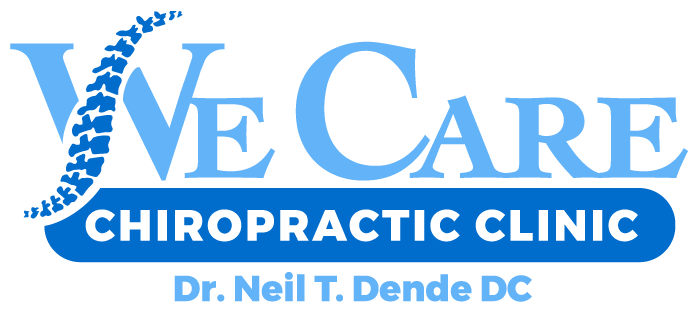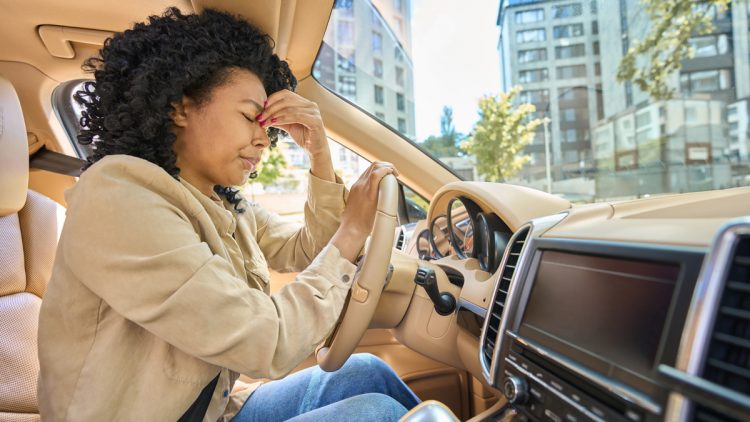How To Stop Knee Pain When Driving
WE CARE CHIROPRACTIC
24/7 Emergency Auto Injury Appointments In Glendale, AZ
Sitting and driving has been known to cause knee pain, especially when enduring a long road trip or when you’re moving slowly in traffic. Needless to say, driving a car can be stressful on your joints. Truck drivers oftentimes complain of severe knee pain due to long hours on the road. Pain can undoubtedly be distracting and dangerous while in motion. Let’s discuss some ways to adjust your positioning in the car to prevent knee pain.
Causes Of Knee Pain While Driving
The two main causes of knee pain while driving include poor posture and ultimately spending too much time sitting with limited mobility. It’s no secret that driving long distances can restrict movement and cause repetitive strain in your knee joints. Your body may also tense up while driving in any adverse conditions, such as snow or rain. These situations can call for more foot pressure and repetitive movements.
If you happen to be tall with long legs, it’s possible you will be sitting with one leg splayed to the side while driving. This can strain the knee joint while you rest your foot off the clutch pedal.
How To Stop Knee Pain While Driving
It’s crucial to always make the correct movements with your feet in order to avoid straining your knees. Your right foot should be able to move smoothly between brake pedal and accelerator. Your left foot should always rest beneath the clutch pedal, not splayed to the side.
When learning the ins and outs of automatic car driving, the support pedal for the foot is a good resting spot. The heel of the foot will then rest a little bit in front of the brake pedal. When your feet are aligned parallel to your knees, they should rest gently on the pedals. Simply move the angle of your foot down to increase pressure on the accelerator when beginning to speed up.
Best Exercises To Build Knee Strength
There are a few exercises you can do to strengthen your knee joint and prevent pain in the future, including:
- Perform quad stretches, beginning with a standing position, then from a lower bent-knee stance.
- Bend down and touch your toes, holding the stretch for at least ten seconds a couple times per day.
- Use a kneeling calf stretch, such as a lunge, to stretch your calf.
- Squat as low as you can, holding your body weight in position for at least ten seconds.
Can Changing Your Seat Prevent Knee Pain?
Another way to address this issue is by adjusting your car seat before you start driving. Raise your seat so that your knees are aligned with your hips, but not any higher. The bottom of your seat needs to be horizontal.
Once seated, your feet should be parallel to your knees, meaning your heels are resting on the floor. Your feet should reach the pedals so that you are using the balls of your feet to press against them.
Conclusion
First, make sure to align your body properly in the car so you are seated comfortably. Hip and knee pain can occur when your hips are not aligned with your knees while operating the pedals. Your car seat should be horizontal so your knee is not higher than your hip. This posture should prevent any hip pain from developing. The horizontal seating should allow you to position your lower legs and rest your feet comfortably on the pedals.
Lower legs should not be at an angle more than 20-30 degrees from the knee. The backs of the knees need to be clear of the edge of the car seat, with the ability to move freely while driving.

We Care Chiropractic Clinic In Glendale, AZ
We Care Chiropractic Clinic offers Chiropractic Care in Glendale, Arizona. We specialize in providing relief from a wide variety of common chiropractic problems. Contact us today at (623) 825-4444 for more information.
AT WE CARE CHIROPRACTIC, WE GOT YOUR BACK!


